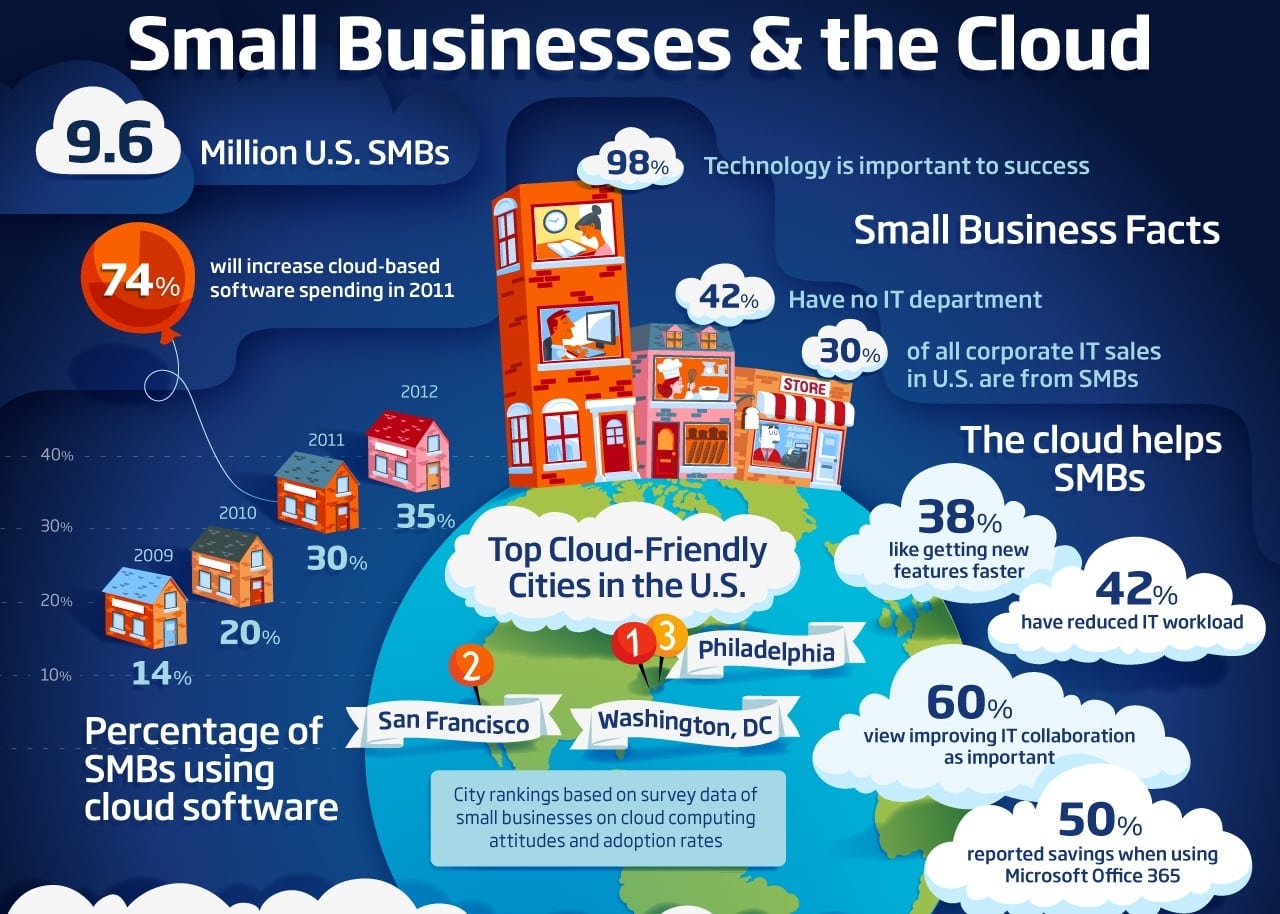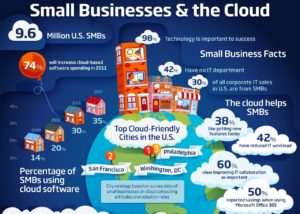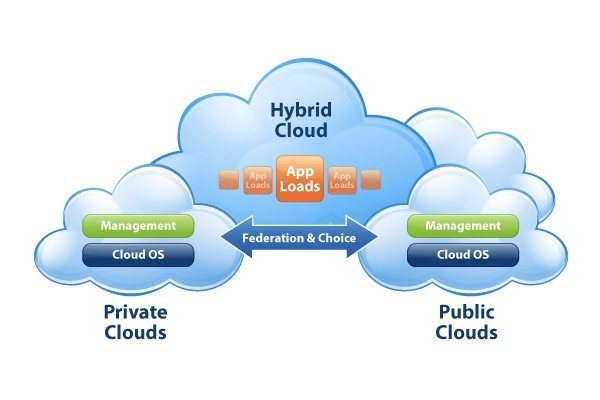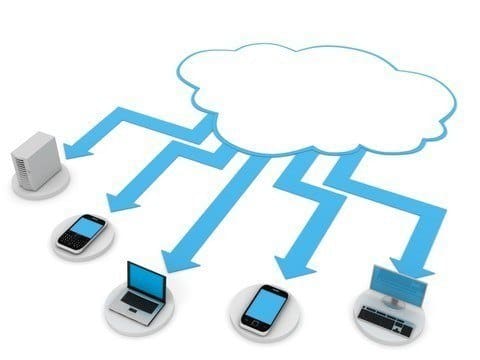It is very difficult in the modern age to understand how dominant the Microsoft Windows brand once was at every level of business. Though Microsoft is still going on strong, it is diversifying its offerings as it must compete with many other tech vendors. This is very different from the 90s and most of the 00s; Microsoft Office mainstays such as Exchange/Outlook as well as varieties of Windows Server (including Microsoft Small Business Server) were pretty much default for SMB IT. Though many enterprises, of all sizes, still depend upon Microsoft products, there is an even split of viable options.
All SMBs are relatively lean. As such, the cost of licensing, hardware, backups, floor space, and personnel can quickly eat into their profit margins. Furthermore, license renewals, forced obsolescence, and evolving IT skill sets require a business to constantly keep up. Most of these problems were endemic to the Microsoft-centric way of managing SMB IT, though in fairness this is true with all on-premises solutions.
Thankfully, a modern business has a multitude of options and flexibility in finding an effective IT solution while still keeping expenses at a minimum:
- Hosted telecom through technologies such as VoIP.
- Hosted email through Exchange alternatives.
- Cloud-based services, either for full-suite IT, or for individual components of IT such as backup/recovery, license/upgrade-free productivity software, or nearly unlimited storage.
- Fractional CIO services, in which IT consultants attend to computing strategies on a short-term basis, only when they are needed.
- Fully-managed IT services and service desk – the complete remote outsourcing of all IT functions.
Organizations have different needs, and some may prefer to keep a higher level of control over their IT functions for reasons of trust or security. However, the modern SMB can take comfort in the fact that there are many options for making sure that IT is a driver for success, rather than an impediment.








